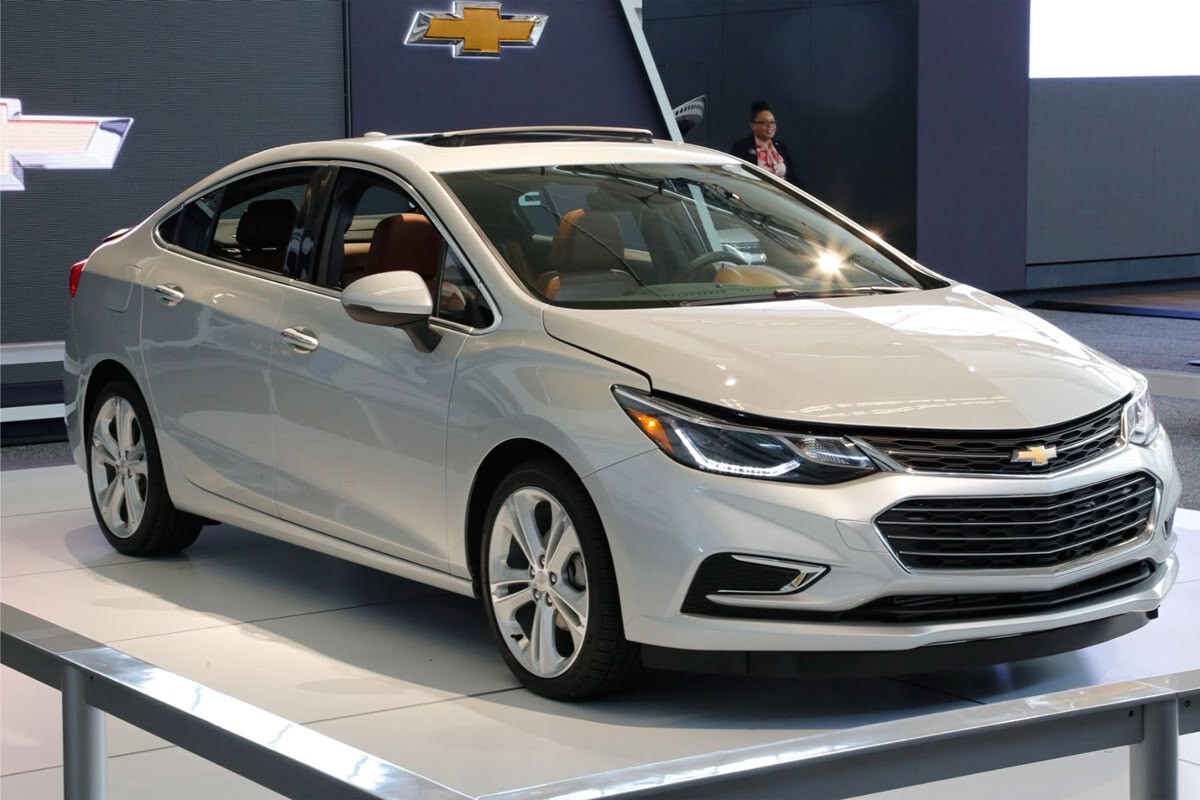Mileage is one of the most telling indicators of a car’s true value—not its price tag, horsepower, or infotainment screen.
While most vehicles are expected to last about 150,000–200,000 miles with basic care, only a few exceed expectations and climb past the 400,000-mile mark with astonishing reliability.
These are the machines that become legends in garages, taxi fleets, and among commuters who swear by their long-lasting dependability.
At the other end of the spectrum are cars that disappoint early—vehicles that begin to fail just after the odometer hits six digits.
Whether due to poor engineering, cheap materials, or overlooked recalls, these cars cost their owners more in repairs than they’re worth, and they serve as cautionary tales for used buyers.
In this feature, we explore both extremes: 5 Cars That Routinely Cross 400K Miles, showcasing engineering excellence, and 5 That Break at 100K, highlighting models plagued by early failures. These aren’t just anecdotes—they’re based on long-term ownership data, mechanic insights, and reliability records.
If you’re shopping for a vehicle that will go the distance—or trying to avoid a costly mistake—this breakdown will help you separate the marathon runners from the mechanical sprinters that burn out early.
Also Read: 5 Minivans With Decade-Long Lifespans and 5 That Constantly Visit Shops
5 Cars That Routinely Cross 400K Miles
In a world where most cars start to show their age at 150,000 miles and are often retired before 200,000, a few exceptional models stand tall—regularly crossing the 400,000-mile mark with only routine maintenance.
These cars aren’t miracles or the result of extreme babying. Instead, they’re the products of smart engineering, bulletproof drivetrains, and manufacturing philosophies that emphasize durability over cost-cutting.
This list is about cars, not trucks or SUVs, and it focuses on the everyday vehicles—sedans, hatchbacks, and hybrids—that just won’t quit. They’re often used as taxis, delivery vehicles, or long-haul commuters and are praised by mechanics and fleet owners alike.
These aren’t just guesses or opinions; they’re backed by high-mileage forums, service techs, owner testimonials, and resale data that show consistent long-term reliability over time.
Why is this list important? Because long-term ownership is increasingly relevant in an era of rising car prices and repair costs.
Not everyone can or wants to buy new every five years. Knowing which cars can reliably go four times the average lifespan means saving thousands in the long run—not just on repairs, but on car payments, insurance premiums, and downtime.
Every car on this list shares common traits: simple, proven engines; well-matched transmissions; and quality components that don’t give up under pressure. Most of them aren’t the fastest or flashiest, but they’re built to last—and that’s what makes them special.
Let’s now dive into five cars that are famous for going the extra hundreds of thousands of miles—cars that prove reliability is still alive and well if you know where to look.
1. Toyota Camry (Especially 1997–2011 Models)
The Toyota Camry has long been synonymous with dependability, and nowhere is that reputation more deserved than in its mid-1990s to early-2010s models.
These Camrys—especially the 1997–2011 range—are some of the most reliable sedans ever made, with countless examples surpassing 400,000 miles and still running strong.
Ask any mechanic or browse high-mileage car forums, and you’ll find Camrys being praised not for excitement, but for their uncanny ability to just keep going.
Much of the Camry’s durability comes down to bulletproof powertrains. The 2.2L 4-cylinder (5S-FE) engine in earlier models and the later 2.4L (2AZ-FE) and 3.5L V6 (2GR-FE) are all simple, well-tested, and easy to maintain.
These engines, when paired with Toyota’s durable automatic transmissions, require little more than regular oil changes, fluid flushes, and timing belt or chain maintenance. Even the engine components—alternators, starters, and radiators—tend to last far longer than competitors’.
The Camry’s design philosophy focuses on long-term ownership. There’s no overcomplication here—just thoughtful engineering that prioritizes efficiency, ease of access for repairs, and minimal stress on components.
The suspension setup is simple and robust, and interior materials, though not luxurious, are known to hold up well over decades of use.
Owners frequently report driving their Camrys across entire continents, often for rideshare, commuting, or delivery purposes.
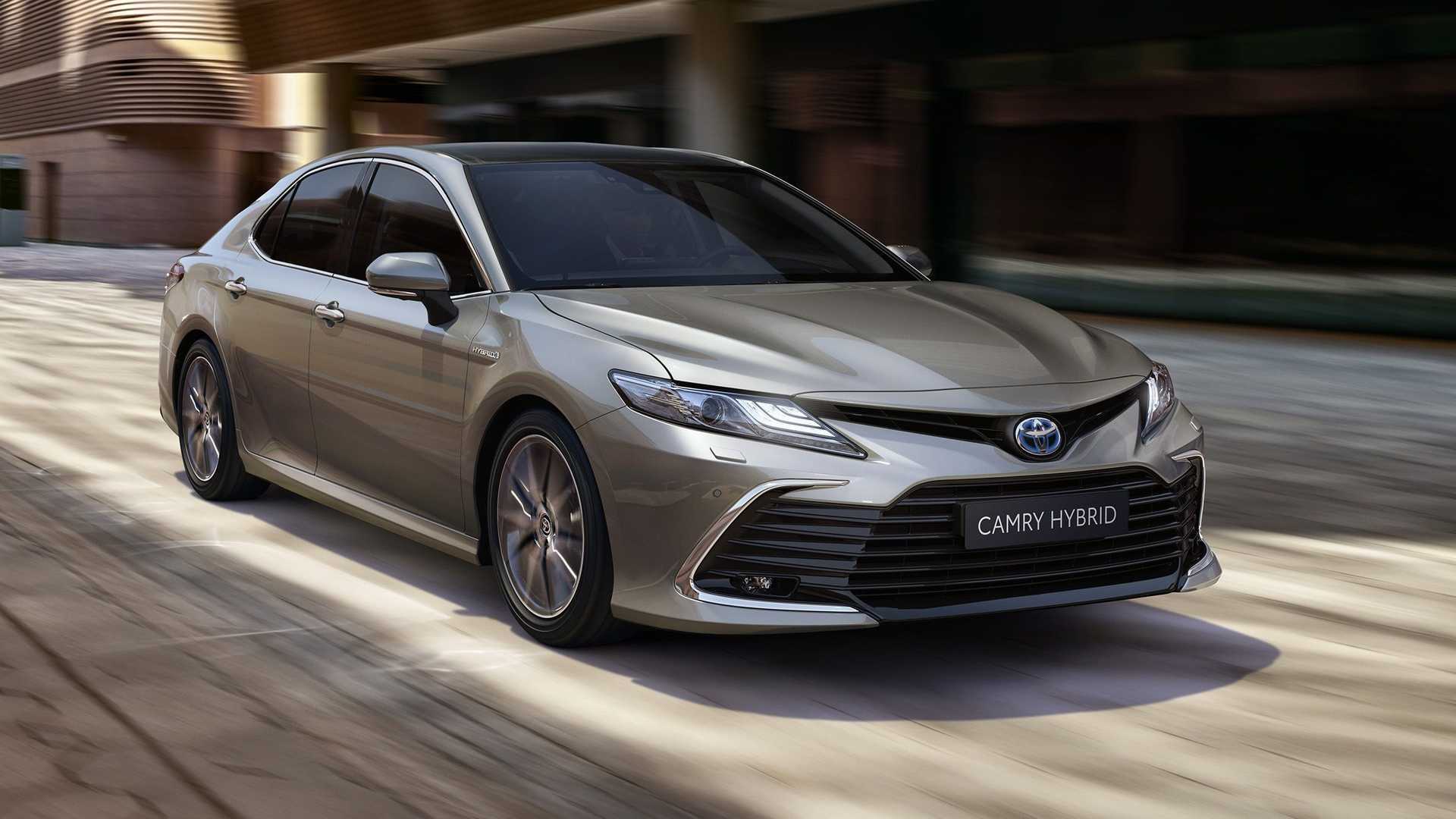
Stories of Camrys hitting 500K miles with original engines and transmissions aren’t rare—and many mechanics point out they’ll continue indefinitely if properly maintained. The parts are plentiful and cheap, making any necessary repair quick and affordable.
What makes the Camry so exceptional is its consistency. It doesn’t have one golden model year or engine—it’s just a car that Toyota has continuously built with the same goal: lasting longer than you’d expect. That mission has clearly succeeded.
For anyone looking for a vehicle that asks very little but gives a lifetime of dependable service in return, the Toyota Camry remains one of the best automotive investments you can make.
2. Honda Accord (Especially 1998–2012 Models)
The Honda Accord has earned a legendary status among high-mileage champions, particularly models built between 1998 and 2012.
These Accords are often seen gliding past the 400,000-mile mark with minimal fuss—still starting up every morning, still driving smoothly, and still racking up miles on their original engines and transmissions. It’s no accident either.
Honda’s philosophy of precision engineering, paired with a loyal ownership base that values upkeep, has made the Accord a long-distance workhorse.
At the core of this reliability is Honda’s inline-four engine lineup, especially the 2.3L VTEC (F23A) in late ’90s models and the 2.4L i-VTEC (K24A8/K24Z2) that powered much of the 2000s generation.
These engines are incredibly well-balanced, with non-interference timing chain designs (in some variants), aluminum blocks with solid cooling systems, and efficient fuel injection systems that rarely fail. Even the optional V6 engines, while a bit thirstier, are known to last if maintained well.
The manual transmissions found in many Accords are nearly indestructible, and even the automatics, which received criticism in earlier V6 models, were improved significantly by the mid-2000s. Regular fluid changes are usually enough to keep these transmissions operating for hundreds of thousands of miles.
What sets the Accord apart from many other high-mileage sedans is how well it ages. Interior plastics and fabrics are durable, electrical systems are straightforward and reliable, and cabin ergonomics continue to feel modern even in 20-year-old models.
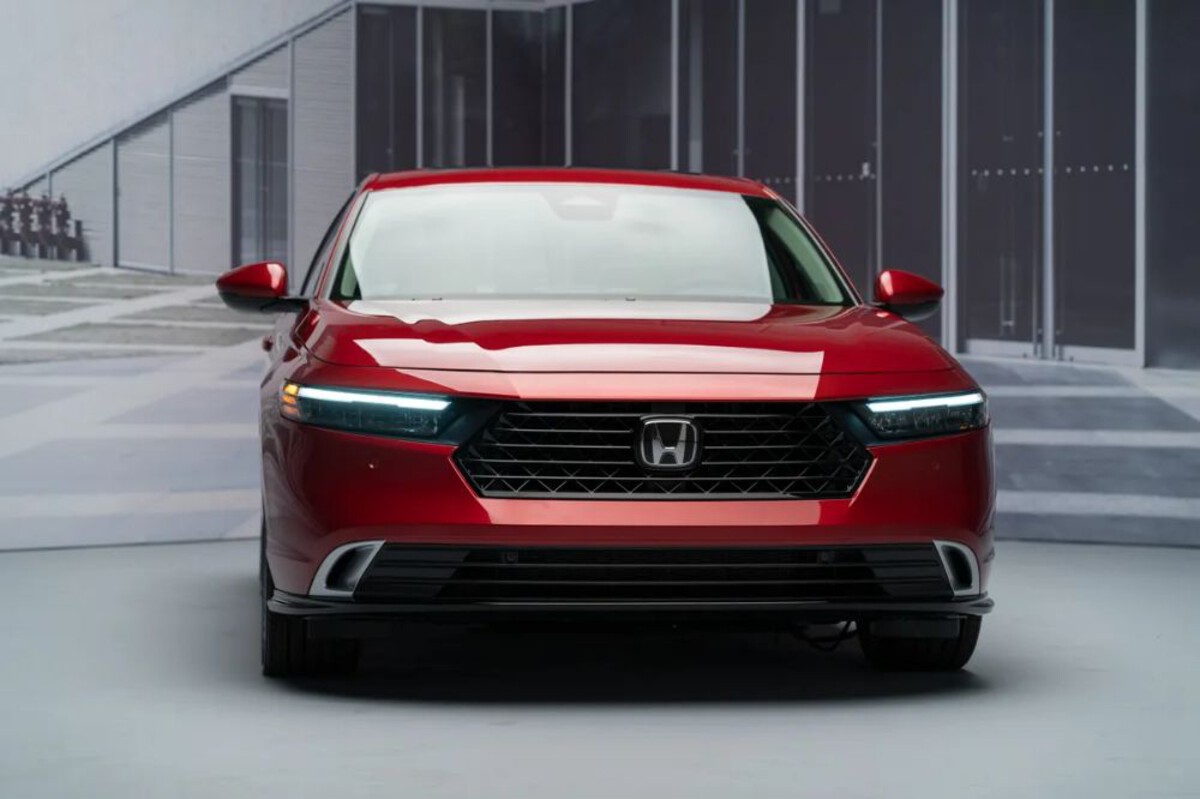
This attention to detail makes it a vehicle people not only keep, but enjoy driving for decades.
Parts availability is another huge win. With millions of Accords sold, parts—both OEM and aftermarket—are inexpensive and easy to find. Mechanics know the platform inside and out, which keeps repair costs low and downtime minimal.
Whether used for commuting, long-distance travel, or even ride-sharing, the Honda Accord’s ability to cross 400K miles is no fluke. It’s a product of thoughtful engineering, bulletproof engines, and a reputation built over generations.
3. Toyota Prius (Especially 2004–2015 Models)
The Toyota Prius, particularly the second and third generations (2004–2015), has become one of the most surprising high-mileage legends on the road.
While skeptics once questioned the longevity of hybrid technology, the Prius has silenced all doubts by consistently surpassing 400,000 miles—even while serving as taxis and delivery vehicles in harsh urban conditions.
In fact, it’s not unusual to find a Prius with 500K or more on the odometer still running on its original engine and battery.
At the heart of its long life is Toyota’s Hybrid Synergy Drive system, a masterpiece of simplicity and efficiency. The 1.5L and 1.8L Atkinson-cycle engines are incredibly low-stress and work in tandem with electric motors to reduce overall wear.
Since the gasoline engine is assisted by the electric drivetrain, it’s under less strain than a typical internal combustion vehicle, which helps extend its life. These engines routinely reach ultra-high mileage with minimal intervention beyond oil changes and routine service.
Battery longevity, once a concern for hybrid skeptics, has proven to be another strength. The Prius’s nickel-metal hydride (NiMH) battery packs often last 200,000–300,000 miles or more, and even when they do degrade, replacements are far cheaper today than they were a decade ago—thanks to refurbished options and plentiful aftermarket solutions.
Mechanically, the Prius is impressively simple where it matters. It uses an eCVT (electronically controlled continuously variable transmission) with no belts or clutches, meaning there’s far less to fail.
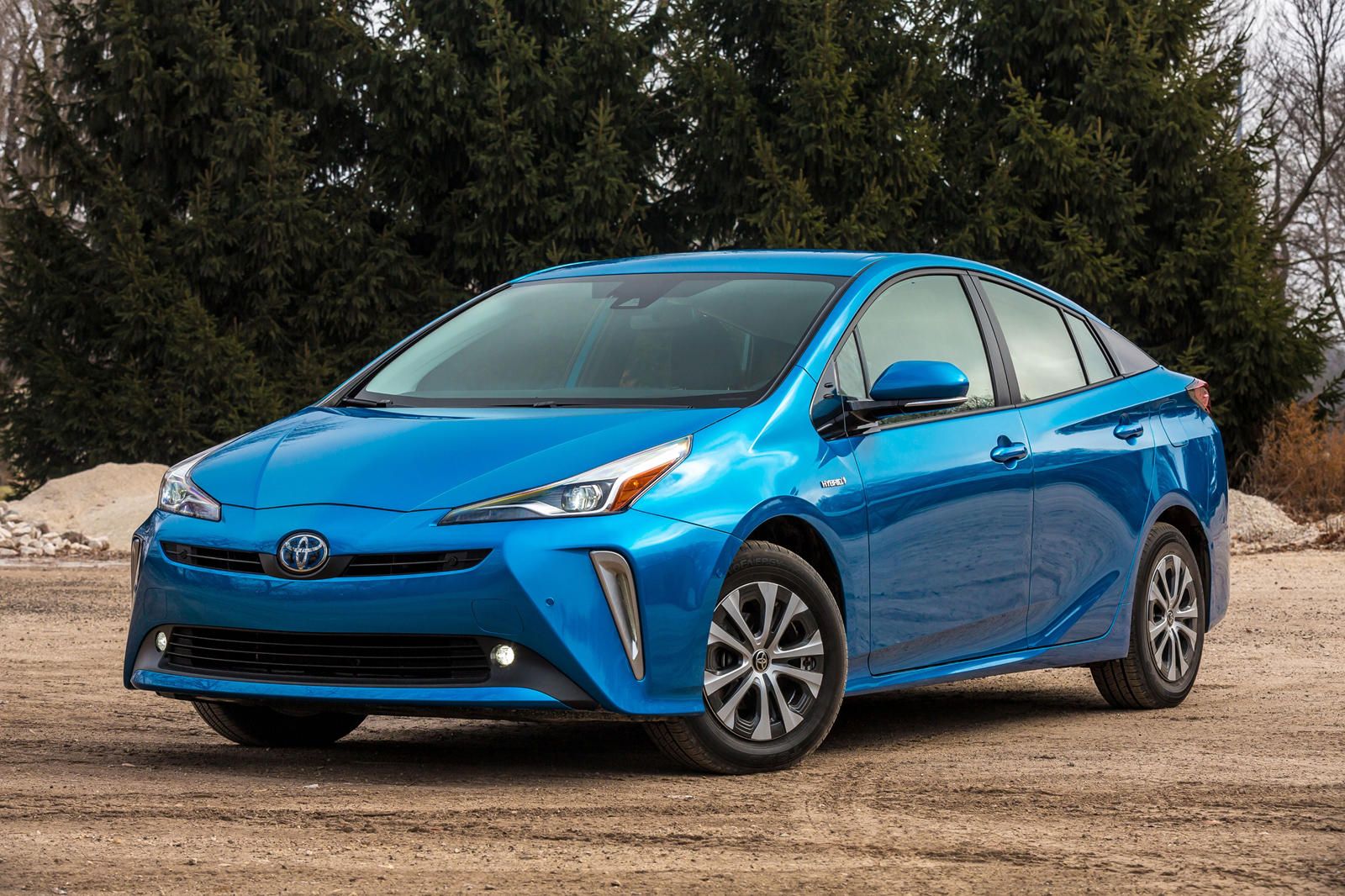
Brake wear is also reduced due to regenerative braking, which both charges the battery and extends the life of pads and rotors.
While not a performance car or luxury ride, the Prius’s interior holds up well over time, with basic, durable materials and a utilitarian design. Owners consistently report minimal maintenance needs and operating costs that are among the lowest in the industry.
For anyone seeking a vehicle that’s inexpensive to run, friendly to the environment, and capable of racking up hundreds of thousands of miles, the Toyota Prius is one of the most dependable and economical long-distance champions ever built.
4. Volvo 240 (1975–1993)
If there’s a car that perfectly embodies the phrase “they don’t build them like they used to,” it’s the Volvo 240.
Built from 1975 to 1993, this Swedish brick on wheels may not win beauty contests or get anywhere fast, but it absolutely dominates the conversation when it comes to longevity.
Stories of Volvo 240s reaching 400,000 to even 1 million miles are not just myths—they’re well-documented cases from real-world owners who relied on these cars for decades.
What makes the Volvo 240 so durable is its overbuilt simplicity. The 2.1L, 2.3L inline-four “Redblock” engines, found in most 240s, are legendary for their resilience.
These iron-block engines are low-revving, under-stressed, and designed to last far beyond their expected life with basic oil and coolant maintenance. Many examples have had their engines rebuilt once—or not at all—and continue to run smoothly after hundreds of thousands of miles.
The manual and automatic transmissions used in the 240 are equally robust, with the 4-speed manuals (and the later 5-speed variants) being particularly durable.
Rear-wheel drive means simpler drivetrain mechanics and less stress on components, and the overall chassis is built like a tank. It’s no surprise that 240s were favored in Scandinavian winters, as their durability extended to rough weather and rougher roads.
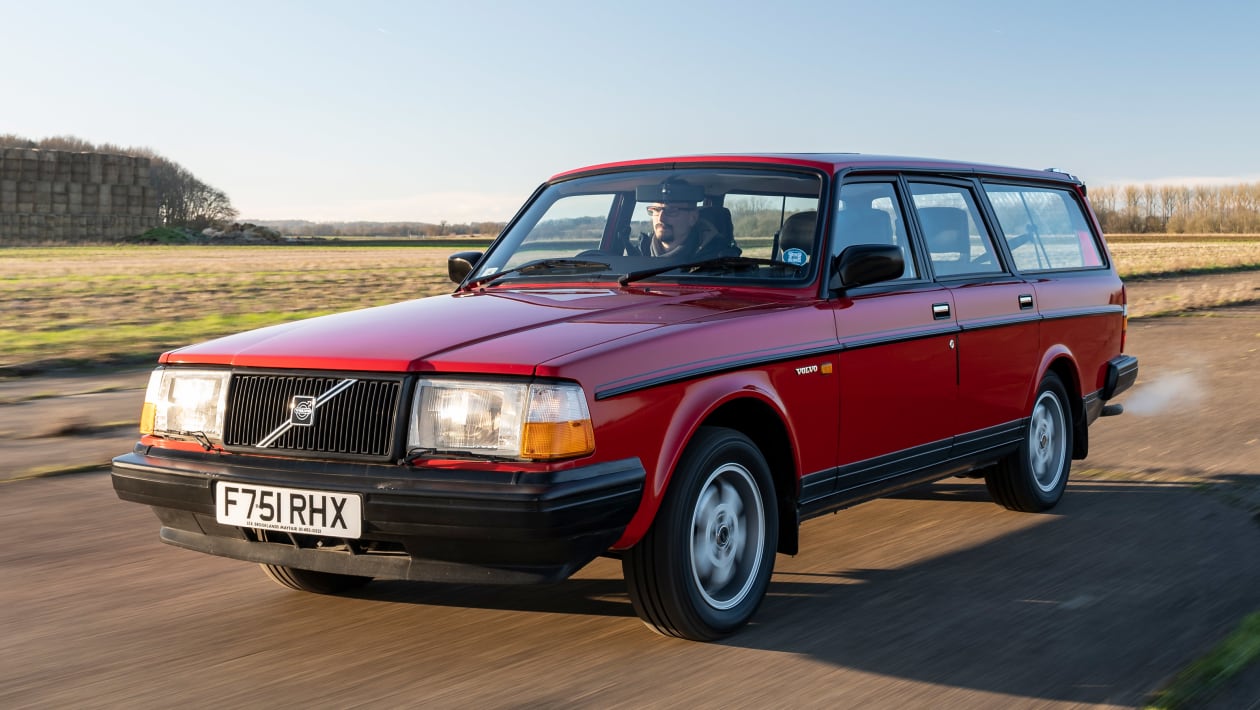
What really cements the 240’s reputation is the ease of repair and maintenance. Everything under the hood is accessible, there’s a vast enthusiast community, and parts—while sometimes needing to be sourced internationally—are available for most models. Owners often performed their own repairs, passing cars down through generations.
Safety was another hallmark of the 240, as Volvo’s boxy design wasn’t just aesthetic—it was crash-tested to extremes for its time. This tank-like build quality translated into a car that aged gracefully, inside and out.
While the Volvo 240 lacks the conveniences and tech of modern vehicles, it remains a timeless symbol of how long a car can last when durability and simplicity are placed above cost-cutting. For those who value engineering that endures, the 240 is nothing short of iconic.
5. Lexus LS400 (1990–2000)
The Lexus LS400, introduced in 1990, wasn’t just Toyota’s first foray into the luxury market—it was a bold statement to the world that luxury could be built to last.
More than three decades later, this V8-powered executive sedan remains one of the most durable and overengineered vehicles ever produced.
It’s not uncommon to find LS400s with over 400,000 miles still quietly cruising, often with their original engines and transmissions intact.
At the core of the LS400’s longevity is its 4.0-liter 1UZ-FE V8, widely regarded as one of the most reliable engines ever made.
Built with a forged steel crankshaft, aluminum alloy block, and a timing belt-driven DOHC design, the engine was so well-balanced and smooth that it barely made a sound at idle.
It wasn’t just powerful—it was bulletproof, capable of running hundreds of thousands of miles with nothing more than consistent oil changes and basic timing belt maintenance every 90,000 miles.
The 4-speed automatic transmission that paired with the 1UZ-FE was equally stout, with silky-smooth operation and excellent long-term durability. Owners regularly report minimal transmission issues well beyond 300,000 miles.
The LS400 wasn’t just mechanically sound—it was built with obsessive attention to detail. Lexus engineers spent years benchmarking European luxury cars and went above and beyond with insulation, panel fitment, and vibration dampening. The result was a sedan so refined that it changed the global perception of Japanese vehicles.
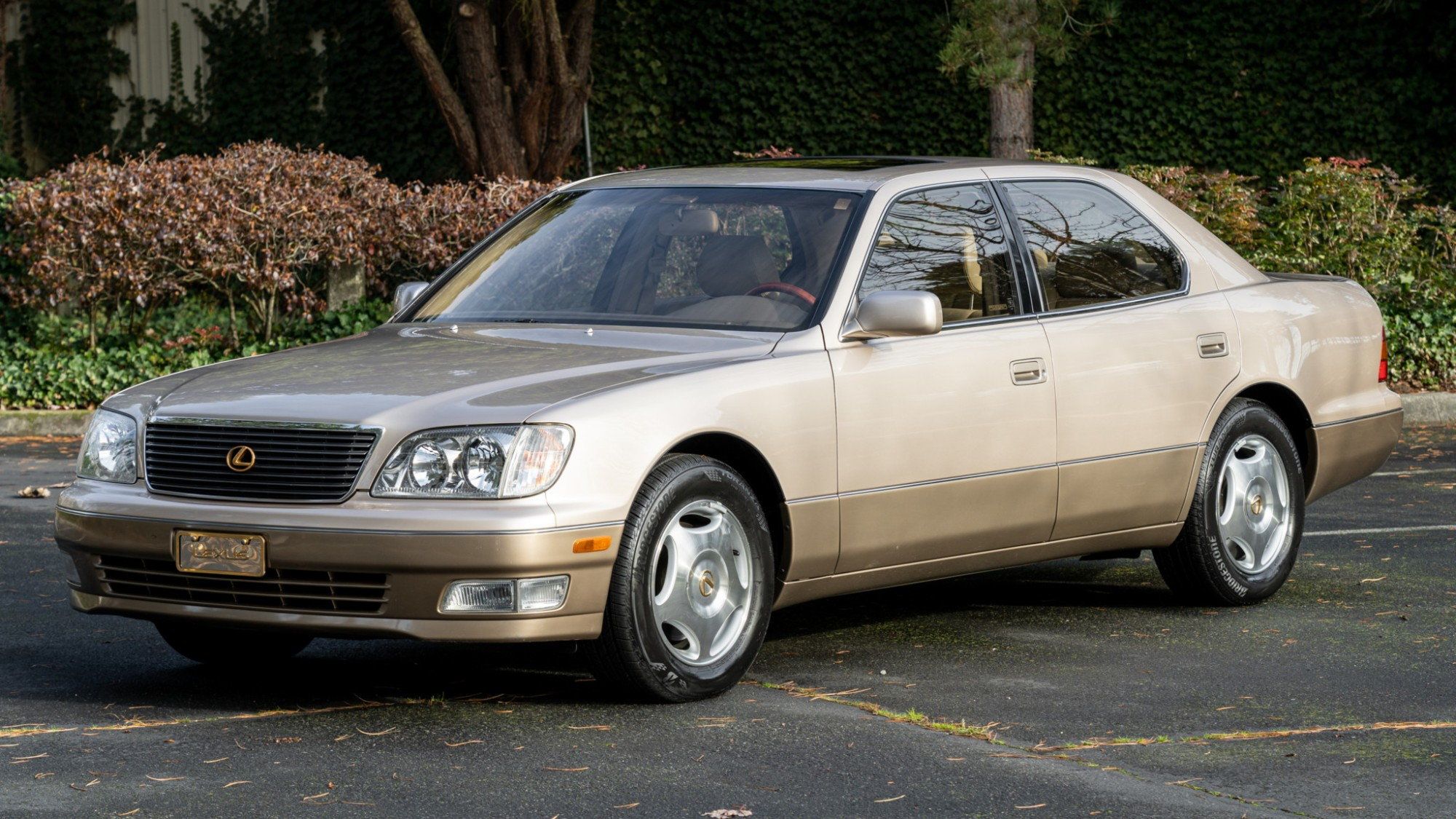
Even the suspension, electronics, and interior materials hold up remarkably well. Soft leather, real wood trim, and solid plastics resist wear far better than competitors from the same era.
Early models even featured luxuries like power memory seats and premium sound systems that still function reliably decades later.
The LS400 is a favorite among high-mileage seekers not just because of how long it lasts, but because of how comfortably it does it. It combines Toyota’s unmatched reliability with the refinement of a flagship luxury car.
If you want a vehicle that feels premium but performs like a tank, the Lexus LS400 remains one of the greatest examples of overbuilt excellence—and one of the most reliable luxury sedans to ever hit the road.
5 Cars That Break at 100K
While some cars are engineered to soldier on for hundreds of thousands of miles, others seem to hit a wall right after the odometer turns six digits.
For many car buyers, 100,000 miles is the point where major issues start to surface—but for some unfortunate models, it’s practically the expiration date.
These vehicles are often burdened with design flaws, weak engines, fragile transmissions, or subpar materials that don’t hold up over time.
This list of 5 Cars That Break at 100K isn’t meant to shame automakers for one-off issues or cosmetic concerns. Instead, it highlights vehicles with systemic mechanical failures that are common, expensive, and difficult to avoid—even with routine maintenance.
These are cars that mechanics have come to dread, owners warn others about in forums, and consumer reports often rank near the bottom in long-term reliability.
So why write about them? Because many of these cars appear attractive at first—thanks to stylish designs, low used prices, or generous tech features.
But underneath the surface lies a ticking clock of failure-prone components that can lead to engine rebuilds, transmission swaps, or electrical nightmares not long after 100K.
Avoiding these models can save buyers thousands in repair bills, downtime, and frustration. In today’s economy, getting a reliable used car is more important than ever, and knowing which vehicles tend to give up early can help you steer clear of regret.
Let’s take a closer look at the five cars that are known not for how far they go—but how often they go straight to the shop shortly after hitting 100,000 miles.
1. Chrysler 200 (2011–2017)
The Chrysler 200, especially the first-generation models produced from 2011 to 2014, and to a lesser degree the second generation (2015–2017), is one of the most notorious examples of a modern car that starts falling apart shortly after reaching 100,000 miles.
Marketed as a stylish and affordable midsize sedan that could compete with the Accord and Camry, the 200 turned out to be riddled with reliability issues that sent many owners scrambling for repairs—or trading it in early just to escape the headache.
The biggest problem lies under the hood. The base 2.4-liter Tigershark engine, used in many first-gen 200s, is infamous for excessive oil consumption.
Many owners reported having to add a quart or more between oil changes, and when unchecked, this issue led to severe engine damage including piston ring wear, timing chain failure, and complete engine seizure.
The optional 3.6-liter Pentastar V6 is more powerful but comes with its own set of reliability issues, including premature water pump failure, oil leaks, and valve train noise at relatively low mileage.
Transmission problems are just as serious. The 4-speed and 6-speed automatics in early models are prone to harsh shifting, slipping, and early failure—often before hitting 100,000 miles.
Chrysler’s later 9-speed automatic (introduced in the second-gen 200) wasn’t much better, plagued by rough operation and a confusing gear pattern that led to drivability complaints and safety concerns.
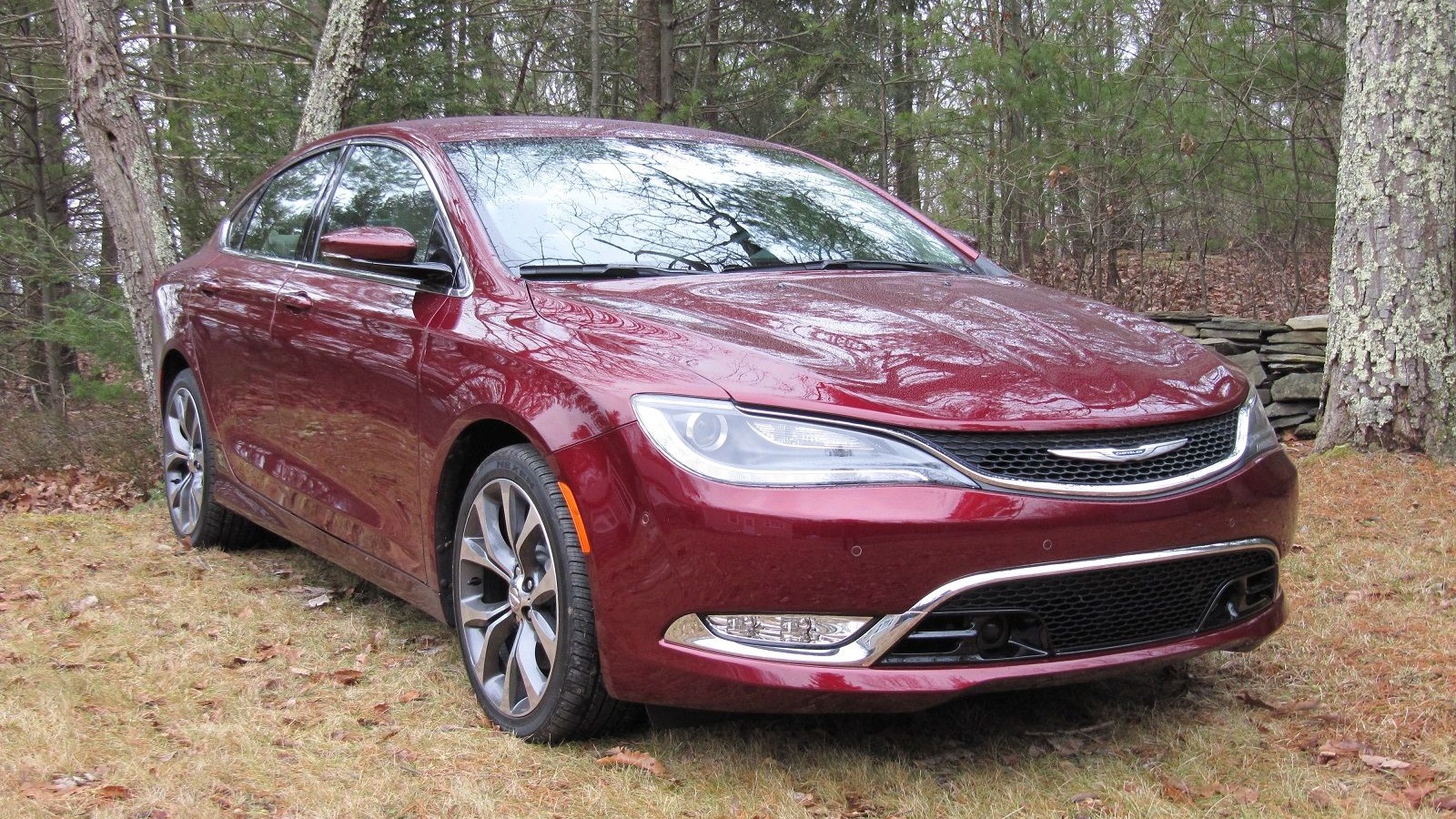
Electrical issues are also common: malfunctioning infotainment screens, faulty sensors, and random warning lights plague many owners.
Interior quality is another red flag. Dashboards crack, trim pieces rattle, and seat materials wear out quickly—even in low-mileage vehicles.
While the Chrysler 200 may look appealing in the used market with its sleek styling and low prices, the truth is that its long-term ownership experience is often a financial trap.
Repair bills mount quickly, resale value plummets, and confidence in the car fades fast after 100K. It’s a vehicle that, despite its modern looks, simply wasn’t built to last.
If you’re looking for a dependable midsize sedan, the Chrysler 200 is a car best admired from afar—and avoided up close.
2. Mini Cooper (2007–2013, Especially Turbocharged Models)
The Mini Cooper may be one of the most charming cars on the road, with its retro styling, nimble handling, and go-kart-like driving dynamics.
But behind its quirky exterior and fun-to-drive attitude, particularly in models built from 2007 to 2013, lies a host of mechanical issues that tend to explode into full-blown disasters right around the 100,000-mile mark. For many owners, the Mini becomes a money pit disguised as a premium compact.
The most problematic versions are the turbocharged Cooper S and John Cooper Works (JCW) models, which used the 1.6L Prince engine co-developed with PSA Peugeot Citroën. This engine is notoriously unreliable.
Common failures include timing chain tensioner failures, which cause loud engine rattling (often called the “death rattle”) and can lead to catastrophic engine damage if ignored.
Carbon buildup on intake valves due to direct injection is also common, robbing the engine of power and fuel economy long before 100K.
Additionally, the turbocharger itself is prone to oil starvation and wastegate failures. Coolant system issues—such as water pump and thermostat housing leaks—are almost expected once a Mini crosses the 60K mark, and by 100K, most owners have dealt with one or more of these expensive repairs.
Transmission problems are also a recurring nightmare. The CVT automatic, found in base models before 2008, is one of the most failure-prone transmissions in modern automotive history.
Mini never offered a rebuild kit—only full replacements, often costing upwards of $5,000. Even the manual transmissions in later models suffer from premature clutch wear and weak throwout bearings.
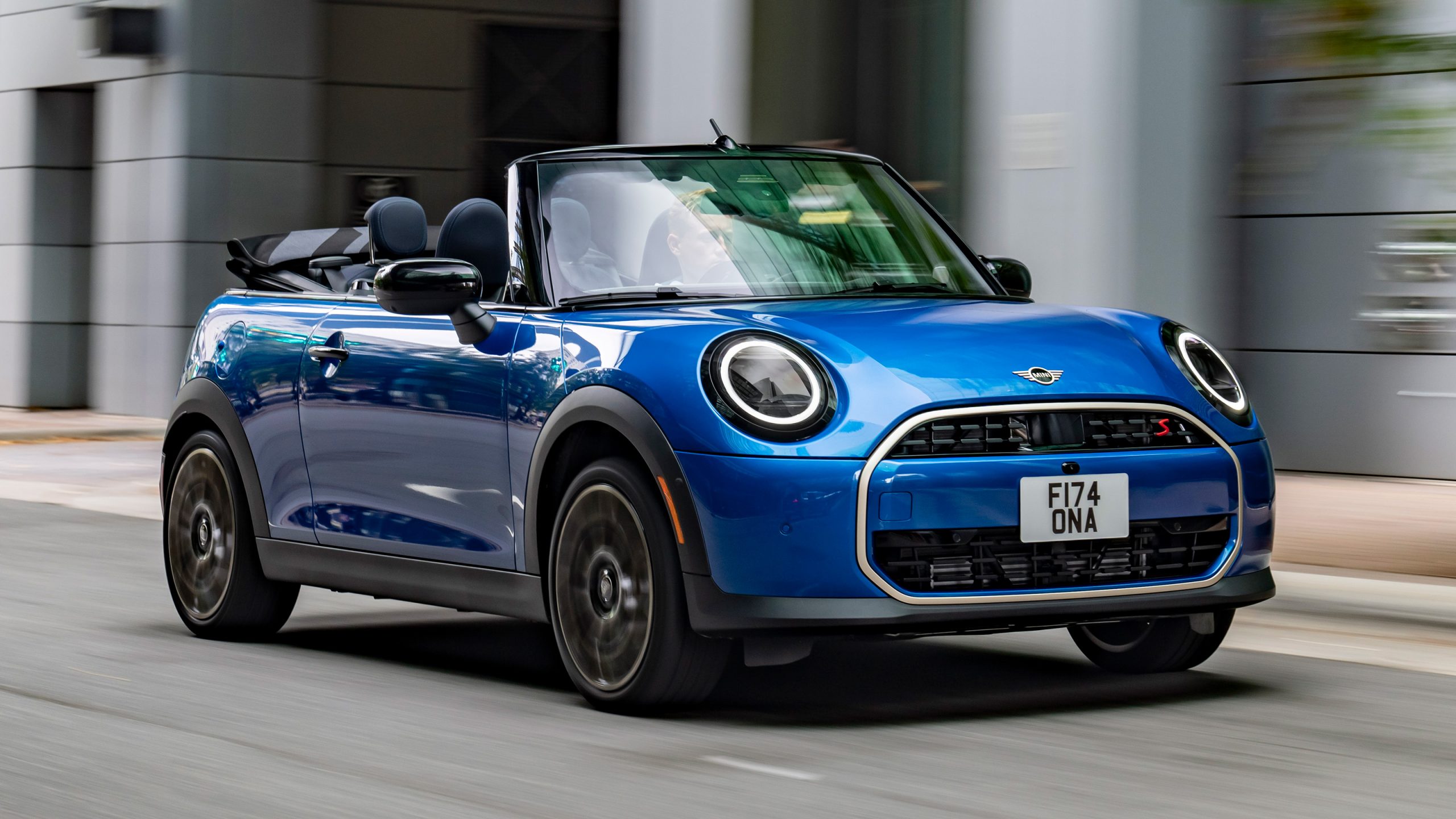
Electrical gremlins, too, are ever-present. Malfunctioning power windows, sensor failures, faulty headlights, and battery drain issues add to the list of woes that crop up right around or just after 100,000 miles.
It’s no surprise that maintenance costs on a Mini Cooper often rival those of much more expensive luxury brands.
While it’s undeniably fun when it’s working right, the Mini Cooper’s inability to hold up over time makes it a poor choice for those hoping to keep a vehicle for the long haul.
Once the odometer crosses into six digits, ownership tends to become a test of patience—and your wallet.
3. BMW 5 Series (E60, 2004–2010)
The BMW 5 Series E60, produced from 2004 to 2010, is often remembered for introducing bold styling and advanced technology to BMW’s executive sedan lineup.
However, beneath its sophisticated surface, this generation of the 5 Series has developed a reputation for major mechanical and electrical issues, many of which emerge aggressively around—or just after—100,000 miles.
For those seeking a long-term luxury car, the E60 often turns into a high-maintenance burden instead of a rewarding investment.
One of the biggest culprits is the N54 and N62 engine families. The N54 3.0L twin-turbo inline-six, used in the 535i, is notorious for high-pressure fuel pump (HPFP) failures, turbocharger wastegate issues, and carbon buildup from direct injection.
Misfires, rough idling, and limp mode become all too familiar to owners—often within the 80,000–110,000-mile range.
The N62 V8, found in the 545i and 550i, is arguably worse. It suffers from valve stem seal failure, cooling system breakdowns, and timing chain guide issues, all of which can lead to multi-thousand-dollar repair bills.
The automatic transmissions in the E60—especially the ZF 6HP units—are technically durable but extremely sensitive to fluid quality and maintenance.
BMW’s misleading “lifetime fluid” policy means many transmissions go untouched until they start exhibiting harsh shifts or complete failure, often just past 100K miles.
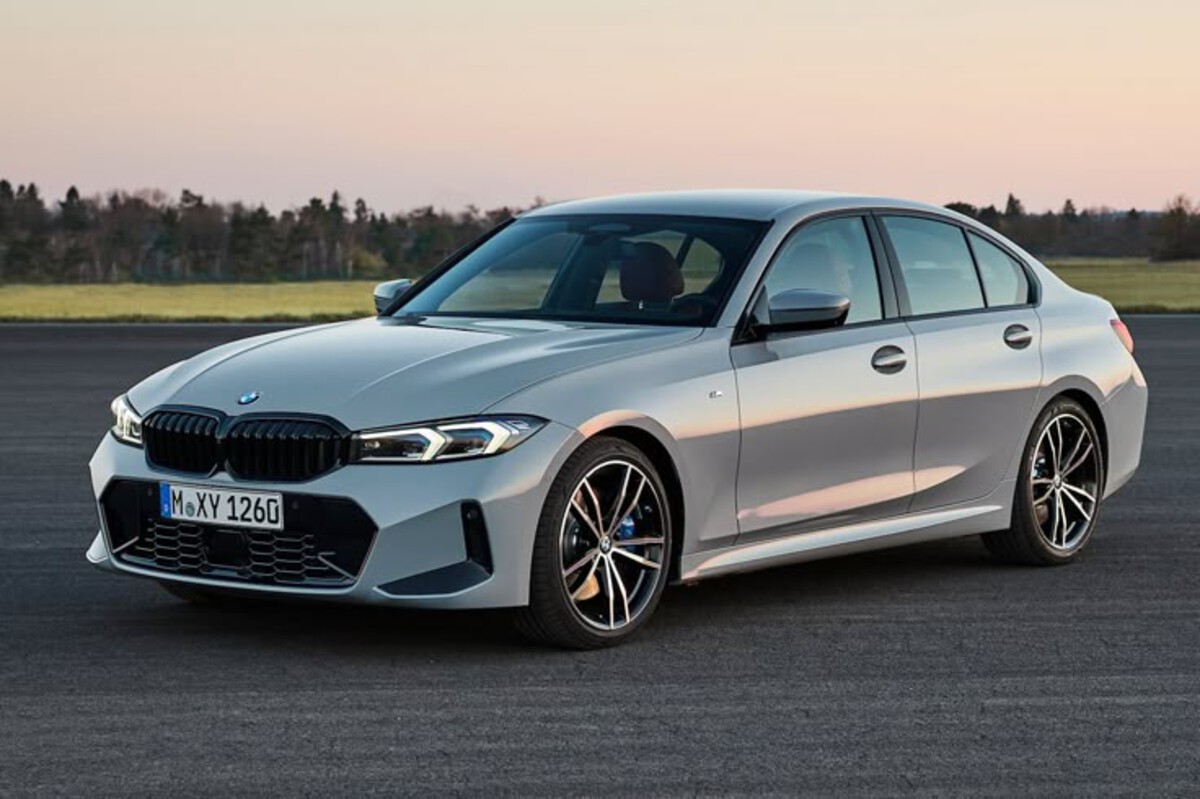
Then there’s the electrical complexity. The E60 was one of BMW’s first cars with the iDrive infotainment system, and early versions were plagued with glitches, screen failures, and control knob issues.
Electronic components—like the active steering, dynamic ride control, and adaptive headlights—add luxury appeal but tend to fail early and expensively.
Suspension components also wear prematurely, including control arms, ball joints, and bushings, leading to uneven tire wear and loose steering feel. Combined with high parts and labor costs, the total ownership experience becomes punishing over time.
While the E60 5 Series offers a thrilling drive and classic German refinement when new, its high-maintenance needs and tendency to fail at or near 100,000 miles make it a risky bet for used buyers. Unless you have deep pockets and a trusted BMW mechanic, it’s best admired from afar.
4. Dodge Avenger (2008–2014)
The Dodge Avenger, built between 2008 and 2014, was Chrysler’s attempt to offer a sporty, affordable midsize sedan with aggressive styling and a youthful vibe. Unfortunately, what it delivered in looks, it lacked in engineering.
The Avenger quickly earned a reputation for poor build quality, chronic mechanical issues, and fragile engines and transmissions—all of which tend to rear their heads shortly after the 100,000-mile mark, if not sooner.
Under the hood, base Avengers came equipped with the 2.4L World Engine, which was shared across various Chrysler, Dodge, and Jeep models. This engine is plagued by excessive oil consumption, often burning through quarts between oil changes without warning.
Timing chain tensioners and rocker arms are also known to fail early, sometimes resulting in engine noise, loss of power, or complete breakdowns. Many owners report engine failures between 80K–120K miles, even with regular maintenance.
Optional engines, like the 3.5L and 3.6L V6s, offered more power but brought their own baggage.
The 3.5L suffered from cooling system issues and camshaft sensor failures, while the 3.6L “Pentastar” was affected in early years by rocker arm wear and valvetrain ticking—problems that led to internal damage if ignored.
Transmission troubles are another major complaint. The 4-speed and 6-speed automatics found in these cars are prone to early slipping, rough shifting, and complete failure, sometimes before 100,000 miles.
The electronic shift control modules are also known to glitch or fail entirely, leaving drivers stranded or stuck in limp mode.
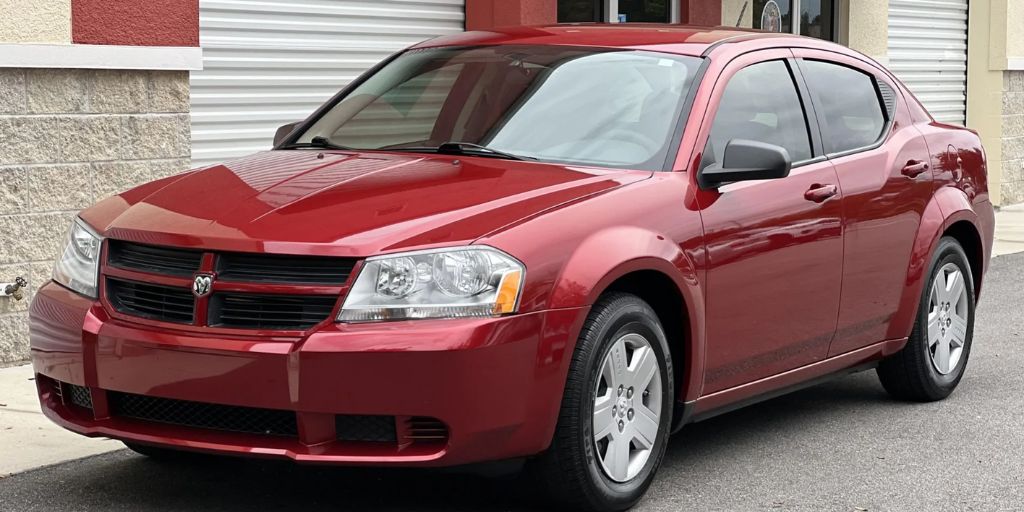
Interior quality is yet another low point. Hard plastics, flimsy switchgear, and peeling dashboard materials make the Avenger feel cheap early in its life. Electrical problems—from faulty power windows and door locks to malfunctioning A/C systems—add to the frustration.
Despite aggressive pricing and decent styling, the Avenger’s poor durability and unreliable track record make it a car that often becomes a financial drain shortly after crossing the six-figure mileage mark. With numerous better-built competitors in the same price range, this Dodge is one that’s best left on the used lot.
5. Chevrolet Cruze (2011–2015)
The Chevrolet Cruze, especially the first-generation models from 2011 to 2015, was introduced with high hopes as a compact sedan that could compete with the Honda Civic and Toyota Corolla.
It featured sleek styling, modern features, and good fuel economy. But under the surface, the Cruze proved to be one of the most frustratingly unreliable compact cars, particularly as it approached and crossed the 100,000-mile threshold.
The 1.4-liter turbocharged inline-4, the most common engine in the Cruze during these years, is where many problems begin. Though it promised peppy performance and efficiency, the turbo setup proved fragile.
Common issues include coolant leaks, failed water pumps, and cracked cylinder heads—all before 100K in many cases.
The Cruze is also notorious for blown head gaskets, especially when cooling system issues go unnoticed. Once a head gasket fails, you’re looking at a repair bill that often exceeds the car’s remaining value.
Oil leaks are another big problem, often coming from the valve cover gasket, oil cooler, or rear main seal. Worse, many of these leaks go unnoticed until major damage is done.
The PCV system, critical for engine pressure regulation, is also poorly designed and frequently fails, causing rough idling and oil consumption.
The Cruze’s 6-speed automatic transmission hasn’t fared much better. Owners have reported harsh shifts, gear slipping, and early failures, sometimes before the 80K mark. GM’s “sealed for life” transmission policy discouraged routine maintenance, only increasing the odds of failure in higher-mileage cars.

On top of that, electrical gremlins plague the Cruze. From malfunctioning infotainment screens to faulty door locks and dashboard warning lights that come and go mysteriously, the Cruze often feels like a car that’s aging prematurely.
Interior build quality doesn’t help either. Cheap plastics, failing window regulators, and fragile seat fabrics make the car feel worn before its time.
Add in poor resale value and high ownership costs, and it’s no surprise that many Cruzes find their way to junkyards or auction blocks just after hitting 100K miles.
The Cruze may have looked like a smart, efficient buy—especially new—but as a long-term ownership vehicle, it falls far short of expectations.
When it comes to buying a car, few factors are more important than how long it lasts. Features, styling, and price may grab attention initially, but over time, it’s the durability of a vehicle that determines whether it becomes a trusted companion—or an expensive regret.
In this comparison of extremes, we explored five cars that routinely cross 400,000 miles and five that begin falling apart right after 100,000 miles. The contrast between them isn’t just striking—it’s essential knowledge for any car buyer.
On the high-mileage end, vehicles like the Toyota Camry, Honda Accord, Toyota Prius, Volvo 240, and Lexus LS400 show that long life isn’t an accident. These cars were built with proven engines, dependable transmissions, and simple, serviceable components.
They aren’t always flashy, but their longevity means thousands saved on repairs, downtime, and vehicle replacement. These are cars that reward consistent maintenance and repay owners with years—if not decades—of reliable service.
Meanwhile, the Chrysler 200, Mini Cooper, BMW 5 Series (E60), Dodge Avenger, and Chevrolet Cruze reveal what happens when cost-cutting, overcomplication, or poor engineering gets in the way of long-term reliability.
While some of these cars look great and drive well in their early years, they often develop systemic issues—blown head gaskets, failing transmissions, weak electrical systems—that appear shortly after 100K. In many cases, the cost of keeping them on the road begins to outweigh their value.
The takeaway? Initial price and appearance can be deceiving. A vehicle that’s inexpensive to buy may be very expensive to keep. And a slightly older, high-mileage legend may outlast something new with a fancy badge or turbocharged punch.
If you want a car that will go the distance—literally—reliability and build quality must come first. Research, service history, and ownership data should guide your choice far more than tech features or sales incentives.
In the long run, the car that quietly crosses 400K miles is far more valuable than the one that collapses at 100K. Choose wisely. Your future self—and your bank account—will thank you.
Also Read: 5 Reliable Cars for DIY Maintenance and 5 That Need Dealerships

